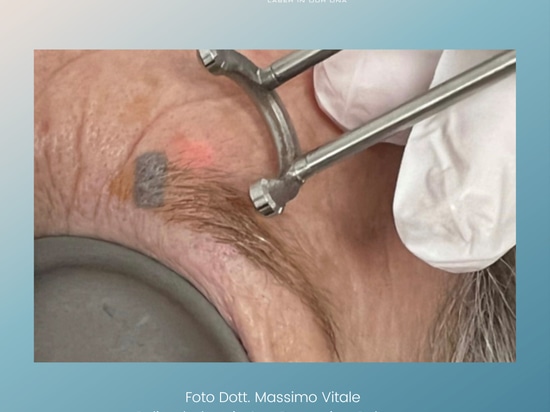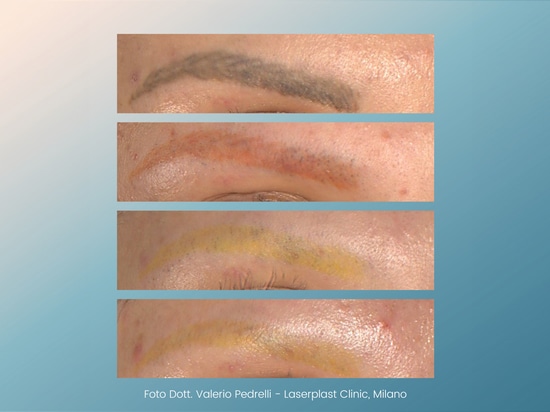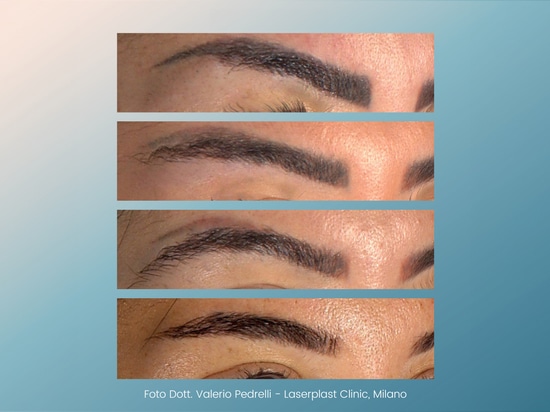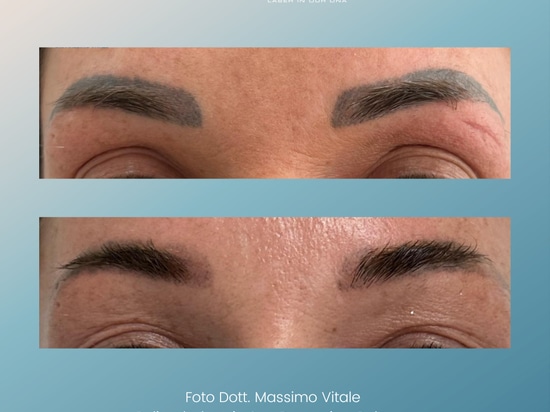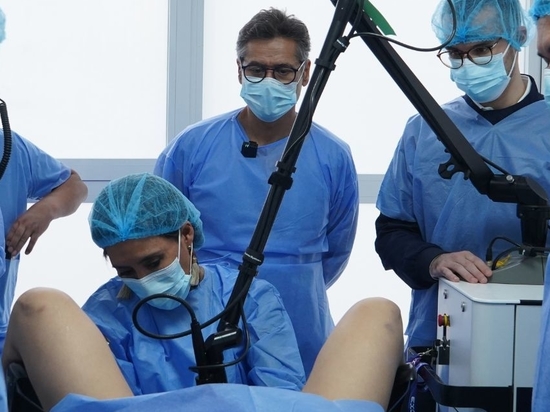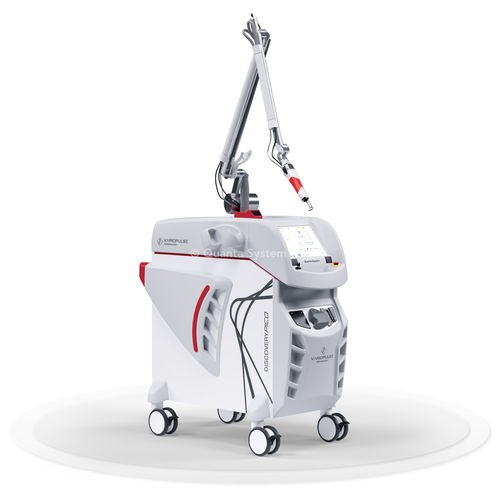
#Industry News
Eyebrow Tattoo Changing
If the effect fades, the face undergoes changes, or the result is unsatisfactory, the laser tattoo changing technique comes into play.
According to an analysis conducted by AvantGrade.com, a Digital & SEO consulting agency, in the last year, there have been 2.3 million Google searches related to permanent makeup, and 84% specifically focus on eyebrows. Specifically, microblading, one of the most popular techniques of semi-permanent makeup using aesthetic pigments, accounts for 594,000 searches per year.
But what can happen after undergoing microblading treatment?
The desired result might not be met, and the perception of our face could change. In any case, there is an effective and safe solution: laser treatment. (Video A - Photo A)
To provide clarity, Dr. Valerio Pedrelli, a dermatologist and aesthetic doctor at the Laserplast studio in Milan, and Dr. Massimo Vitale, an expert surgeon in aesthetic medicine at the San Domenico Polyclinic in Bologna, will guide us in choosing the removal or modification of the tattoo using the picosecond laser technology of the Discovery Pico system from the Italian company Quanta System, sharing their experiences, analyzing common cases, and clarifying choices to avoid and precautions to take.
Any type of tattoo, when the removal process begins, could change color (Photo B) due to the presence of iron oxides in the pigments, which, when heated with laser light, change their chemical composition. In any case, regardless of the type of pigment used, the tattoo is removable. Unless the patient requests total tattoo removal, in most cases, partial removal, better known as "tattoo changing," is chosen.
Each case is "unique," both based on the patient's request and the type and amount of pigment used, and, consequently, so is the number of laser sessions required. "The average number of eyebrow tattoo removal treatments is 4/5 sessions to achieve an excellent result," says Dr. Valerio Pedrelli. "In my experience, I usually allow a month between sessions. After tattoo removal, it's possible to return to the dermopigmentist for a new design approximately two months later," adds Dr. Valerio Pedrelli.
"The key is not to be in a hurry: tattoo removal takes time," says Dr. Massimo Vitale. "It's not just about the skill of the doctor, but we must consider the subjective reaction of each body, such as having good lymphatic circulation, the amount and depth of the pigment, and how many times the tattoo has been gone over, especially if different colored pigments were used."
But what happens after a laser tattoo removal session?
After the treatment, the eyebrow area may have slight swelling, with mild redness for approximately 24 or 48 hours. No scabs will form, and eyebrow hairs will not weaken. (Photo D)
There are no recovery times planned; you can shower and get the treated area wet and participate in sports. As for skincare routine products, they can be applied from the beginning; however, it's better to wait a few days before applying makeup. To protect the treated area, it is advisable to apply a cream with SPF 50 sunscreen.
If you are not satisfied with your eyebrow tattoo, now you know that there is the possibility of removing or modifying it through laser technology. Always consult with a specialized aesthetic doctor. (Photo C - Photo E)
